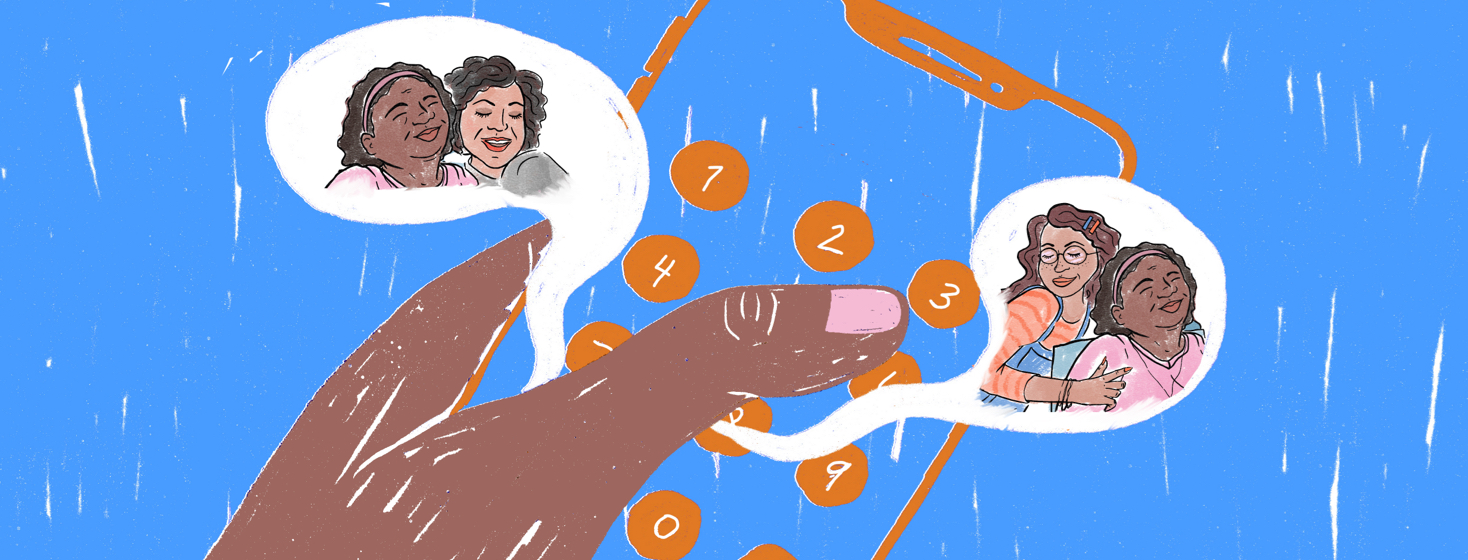My Seizure Action Plan
When I first found out about my seizure disorder I didn't know where to start. I had a list of "don'ts." "Don't chew gum without someone around" has always stuck out as the scariest recommendation. I’d been chewing gum my whole life. Does that mean for the last 16 years (or whenever I started chewing gum) my life was in danger? My 16-year-old brain was all over the place.
I wasn't even educated at this time about seizure first aid. Processing this information was enough – much less not being given a guide on the "dos" of epilepsy. How do you plan for such a confusing situation with limited information?
Here is what I’ve learned over the years and the seizure action plan I have implemented.
What does my seizure action plan include?
Recognizing a plan is needed
The first and hardest personal step: I accepted that I need a plan. This wasn’t easy for me. It scared me at first. I like to be in control. Making this plan was admitting that I need to prepare for having limited or no control over a major situation in my life.
Seizure first aid
The second step was to make sure my family knows seizure first aid.
Updating emergency contacts
The third step was changing my main emergency contacts in my phone, saving them with their title and with a picture of us together.
- My husband and mother are simply listed as "Husband" and "Mom." They also both have a picture on their contact info with us together.
- My friends have their names but still pictures of the two of us together.
I implemented this plan about 10 years ago. I had a major seizure where I lost my memory for 30-45 minutes. I had to trust that I was getting into the car of a man that I knew, and people told me I knew. (NOT IDEAL!) I never want that experience again.
Identifying my seizure triggers
The fourth step was recognizing my triggers. I have a list that I update as needed. My family and close friends understand my most important triggers.
Flashing lights are so hard for me. My husband always stands in front of me if flashing lights start. And I’ve had a friend hand me her sunglasses to put over mine (I looked so awesome in this moment) to minimize flashing lights when exposed to them. I have also had to decline to go to places with friends or family for my safety. Basically, understanding my limits.
Tracking my epilepsy symptoms and meds
I use a tracking app (Epsy), so making sure I keep it updated is also part of my plan for identifying triggers and managing seizure activity. You can do this electronically (like through an app or on your phone), or via a seizure diary.
These are my main 5 steps. I highly recommend that you come up with a plan. If you’re unsure what’s the best plan for you, speak with your neurologist. I’m sure they have some great ideas! Your safety is so important. Please don’t minimize your seizure disorder. It’s better to have a plan that you never use than to not have a plan and no one knows what to do.
Always remember, you are not alone!

Join the conversation